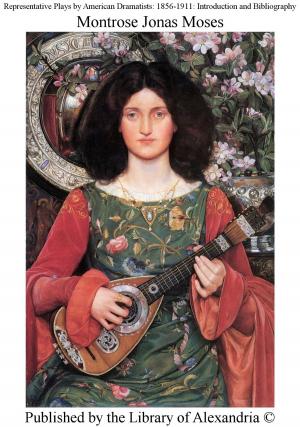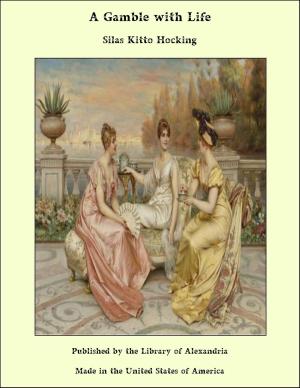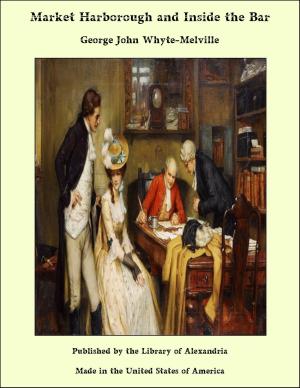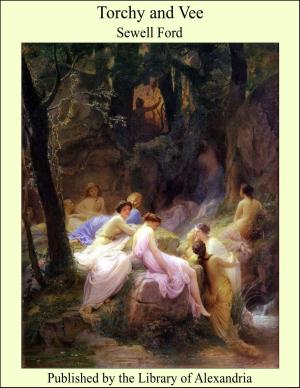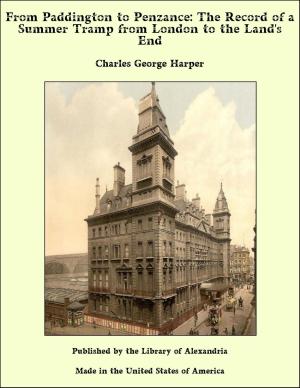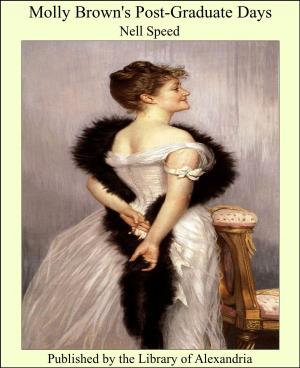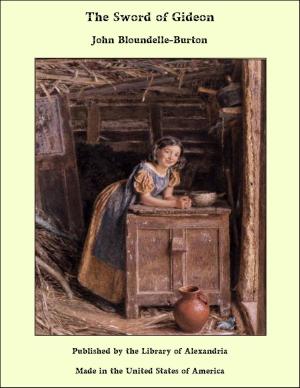Shakespearean Playhouses: A History of English Theatres from the Beginnings to the Restoration
Nonfiction, Religion & Spirituality, New Age, History, Fiction & Literature| Author: | Joseph Quincy Adams | ISBN: | 9781465588241 |
| Publisher: | Library of Alexandria | Publication: | March 8, 2015 |
| Imprint: | Language: | English |
| Author: | Joseph Quincy Adams |
| ISBN: | 9781465588241 |
| Publisher: | Library of Alexandria |
| Publication: | March 8, 2015 |
| Imprint: | |
| Language: | English |
THE method of dramatic representation in the time of Shakespeare has long received close study. Among those who have more recently devoted their energies to the subject may be mentioned W.J. Lawrence, T.S. Graves, G.F. Reynolds, V.E. Albright, A.H. Thorndike, and B. Neuendorff, each of whom has embodied the results of his investigations in one or more noteworthy volumes. But the history of the playhouses themselves, a topic equally important, has not hitherto been attempted. If we omit the brief notices of the theatres in Edmond Malone's The Plays and Poems of William Shakespeare (1790) and John Payne Collier's The History of English Dramatic Poetry (1831), the sole book dealing even in part with the topic is T.F. Ordish's The Early London Theatres in the Fields. This book, however, though good for its time, was written a quarter of a century ago, before most of the documents relating to early theatrical history were discovered, and it discusses only six playhouses. The present volume takes advantage of all the materials made available by the industry of later scholars, and records the history of seventeen regular, and five temporary or projected, theatres. The book is throughout the result of a first-hand examination of original sources, and represents an independent interpretation of the historical evidences. As a consequence of this, as well as of a comparison (now for the first time possible) of the detailed records of the several playhouses, many conclusions long held by scholars have been set aside. I have made no systematic attempt to point out the cases in which I depart from previously accepted opinions, for the scholar will discover them for himself; but I believe I have never thus departed without being aware of it, and without having carefully weighed the entire evidence. Sometimes the evidence has been too voluminous or complex for detailed presentation; in these instances I have had to content myself with reference by footnotes to the more significant documents bearing on the point.
THE method of dramatic representation in the time of Shakespeare has long received close study. Among those who have more recently devoted their energies to the subject may be mentioned W.J. Lawrence, T.S. Graves, G.F. Reynolds, V.E. Albright, A.H. Thorndike, and B. Neuendorff, each of whom has embodied the results of his investigations in one or more noteworthy volumes. But the history of the playhouses themselves, a topic equally important, has not hitherto been attempted. If we omit the brief notices of the theatres in Edmond Malone's The Plays and Poems of William Shakespeare (1790) and John Payne Collier's The History of English Dramatic Poetry (1831), the sole book dealing even in part with the topic is T.F. Ordish's The Early London Theatres in the Fields. This book, however, though good for its time, was written a quarter of a century ago, before most of the documents relating to early theatrical history were discovered, and it discusses only six playhouses. The present volume takes advantage of all the materials made available by the industry of later scholars, and records the history of seventeen regular, and five temporary or projected, theatres. The book is throughout the result of a first-hand examination of original sources, and represents an independent interpretation of the historical evidences. As a consequence of this, as well as of a comparison (now for the first time possible) of the detailed records of the several playhouses, many conclusions long held by scholars have been set aside. I have made no systematic attempt to point out the cases in which I depart from previously accepted opinions, for the scholar will discover them for himself; but I believe I have never thus departed without being aware of it, and without having carefully weighed the entire evidence. Sometimes the evidence has been too voluminous or complex for detailed presentation; in these instances I have had to content myself with reference by footnotes to the more significant documents bearing on the point.


